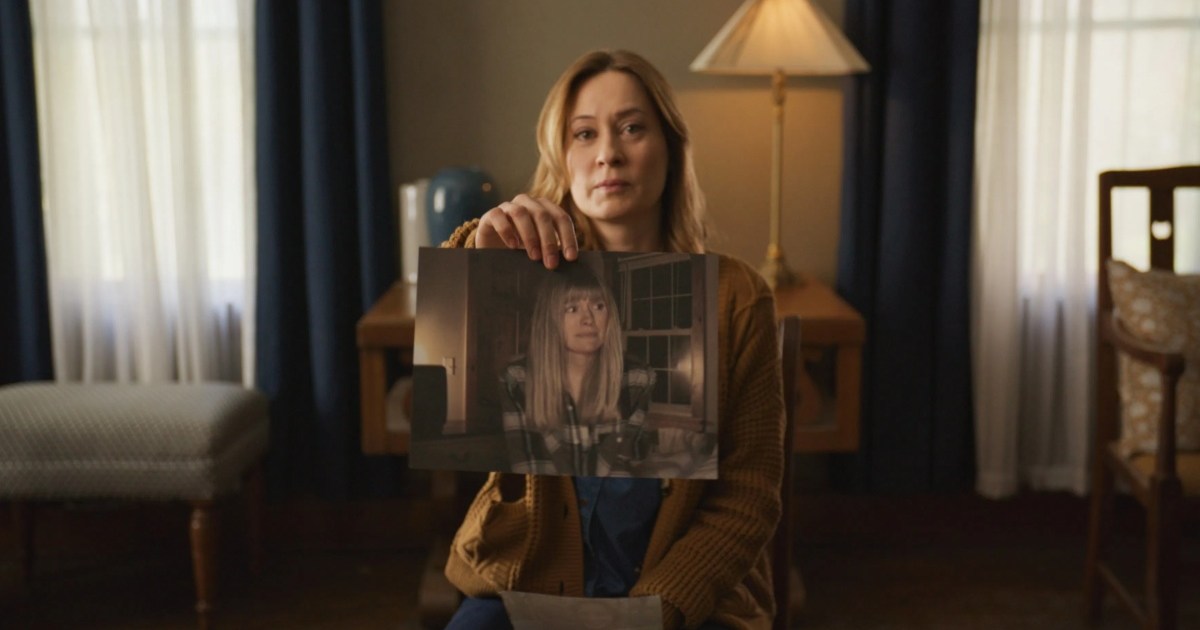The psychological thriller Shelby Oaks has garnered significant attention from horror enthusiasts following its recent release. In a revealing interview, writer and director Chris Stuckmann discussed the film’s unexpectedly grim conclusion, shedding light on his creative choices and the film’s emotional depth.
Stuckmann, who transitioned from YouTuber to filmmaker, articulated his vision for Shelby Oaks during a conversation with Variety. He emphasized that the film was always intended to end on a somber note, echoing the style of his favorite horror films. “There was never any question for me. All of my favorite horror films tend to have an ending that sticks with you,” he stated.
The film follows Mia, portrayed by Camille Sullivan, as she embarks on a harrowing journey to locate her missing sister, Riley, played by Sarah Durn. After finally rescuing Riley from a sinister occult ritual, the story takes a dark turn, culminating in Mia inadvertently sending her sister to her death. This tragic outcome embodies a demonic prophecy that Mia had desperately tried to avert.
In exploring the film’s climax, Stuckmann elaborated on the emotional weight behind the narrative. “If you want to look at just the emotion of it, when something happens to you when you’re younger that leaves a scar or some kind of trauma, it sticks with you,” he explained. He likened this trauma to a crack in a window, suggesting that if not addressed, it can worsen over time. “If you don’t fix it or try to better your life, you just let it sit there and fester and grow… eventually it will probably eat you alive,” he added.
Stuckmann also addressed the challenges he faced when finalizing the script. He noted that while some producers preferred a more conventional ending, he remained steadfast in his commitment to the film’s original vision. “Obviously, when you’re trying to get your script seen, there are going to be people who make requests, especially some of the less risk-taking producers. I was always very adamant that this has got to be the way it is,” he said.
The reception of Shelby Oaks reflects its ability to provoke thought and discussion among viewers, particularly regarding its unsettling conclusion. Stuckmann’s dedication to a meaningful, albeit dark, ending resonates with audiences who appreciate horror that lingers beyond the screen.
As the film continues to make its mark in the horror genre, Stuckmann’s insights into the storytelling process offer valuable context to the film’s impact. With its blend of emotional depth and chilling narrative, Shelby Oaks stands as a testament to the evolving landscape of horror filmmaking.







